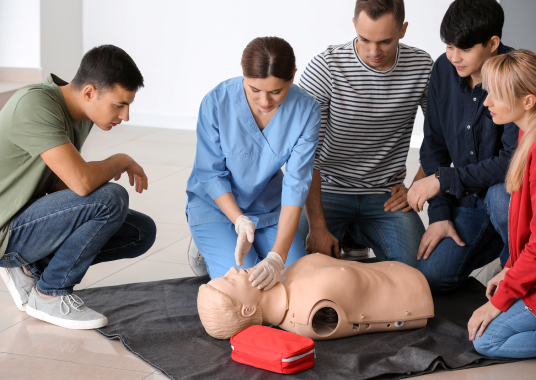CPR, First Aid, BLS, ACLS, PALS certifications.


| Chapters | CE Credits | Validity | Cost | Duration | ECC | Exam Attempts | Wallet Card |
|---|---|---|---|---|---|---|---|
| 24 | 6.0 | 2 Years | $36.95 | 2-3 Hrs | Compliant | Unlimited | Download/Print/Mail |
With the widespread COVID-19 pandemic and the probability of an increase in cardiac arrests, interim 2020 updated guidelines for CPR were released in April.
Many healthcare providers work close to patients who may be suspected or confirmed to have COVID-19. They also have the highest risk profession for contracting the disease. These modifications were made in an effort to: